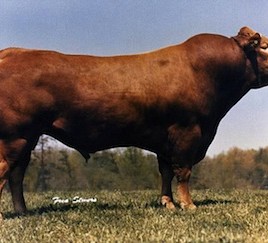The first phase of the “1000 Bulls Project” reports complete DNA sequences for 234 animals that are considered key ancestors of the worldwide Holstein-Fresian, Jersey and Fleckvieh breeds. By cross-referencing the tiny differences in these genomes with information on the animals performance – milk production (in dairy animals), weight gain (in beef cattle), genetic defects, […]
Tag: evolution
Predicting species tolerance to pesticides
A new computer model could help biologists predict how various species will respond to pesticides. Because of varying responses to pesticides between species – including their tendency to develop tolerance – it’s costly and difficult not only to judge their potential effectiveness but also to manage the unintended consequences in non-target species. The new model […]
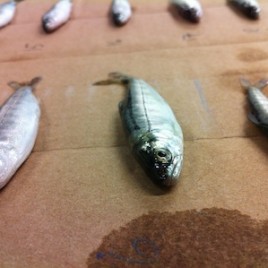
How salmon evolve to beat the heat
Researchers have discovered a link between egg size of chinook salmon and their ability to deal with warmer temperatures. The team captured spawning salmon and measured examined the genetic and maternal effects acting on the ability of offspring to tolerate heat; they found that mothers with larger eggs have more thermally tolerant offspring. As egg […]
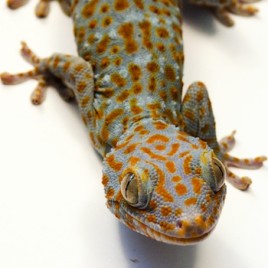
Electrical charges help geckoes stick
Researchers have gained new insight into how geckos are able to walk on almost all surfaces, even upside down. Previous studies have attributed the stickiness of gecko toe pads to a type of force called van der Waals attractions that acts on the tiny hairs – called setae – covering the bottom of geckos’ toe […]
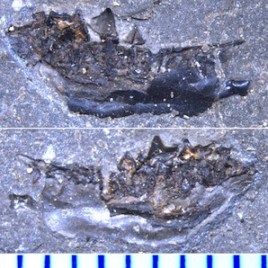
Ancient hedgehogs and tiny tapirs in BC
Newly described fossils from the eocene epoch – between 50 and 53 million years ago – found in British Columbia’s Driftwood Canyon Provincial Park provide evidence of hedgehogs and tapirs, two species that today are absent from North America. The fossils help fill an important gap as the only other North American fossil localities yielding […]
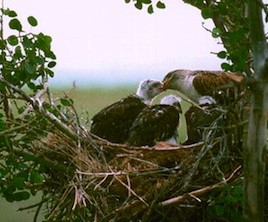
Hawks and owls have trouble as single dads
Some male hawks and owls have trouble adapting their behaviour in order to raise chicks on their own, a new study finds. In breeding pairs, the male is the primary provider of prey for their young while females tear the prey into right-sized chunks and also brood the chicks. (i.e. use their bodies to shield […]
Enzyme detector could lead to greener pulp and paper
Researchers have developed a new process to screen microorganisms for new enzymes that could make pulp and paper processes greener and cheaper. Lignin — one of the main components of wood — is hard to break down and usually requires treatment with harsh chemicals. However, some microorganisms use enzymes to break down lignin in nature. The […]
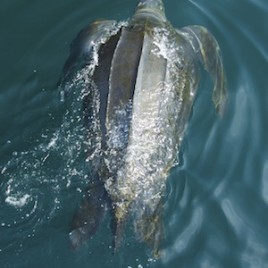
Digesting dinner keeps leatherback turtles warm
Scientists have determined that metabolic heat produced from digesting prey is a key component of what keeps leatherback turtles warm in the cold waters off Canada’s Atlantic coast. Researchers attached temperature monitors to seven leatherback turtles off the coast of Cape Breton and discovered that they cool down during the day (most likely due to […]
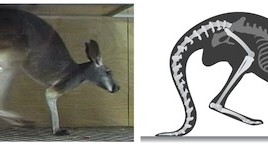
The kangaroo: A five-legged animal
New research shows that when they’re not hopping, kangaroos use their tails as a fifth leg to help propel them forward. Researchers trained five red kangaroos to walk over a force-measuring platform and discovered that rather than simply acting as a prop — as a pair of crutches would — the tail acts like […]
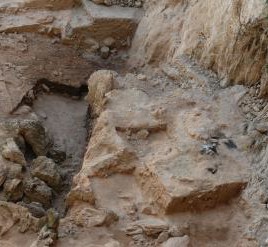
Oldest human poo shows Neanderthals ate their greens
Chemical analysis of 50,000-year-old fossilized droppings found in Spain suggest that Neanderthals ate more greens than previously thought. Researchers compared the levels of chemicals such as coprostanols – formed from meat in the digestive tract – to those of other chemicals like 5b-stigmastanol, which are digestive products of plants. They conclude that while Neanderthals ate […]
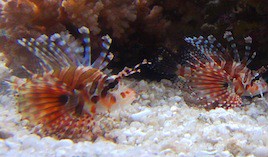
Lionfish hunt in groups
Like their namesakes on land, lionfish demonstrate cooperative hunting, according to a new study. Lab tests showed that lionfish use a unique ‘flared fin’ display to alert other lionfish to the presence of prey. They then work together to herd the prey into smaller areas and take turns striking at the group. This type of […]
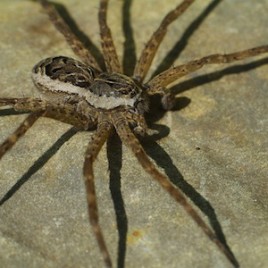
Fish-eating spiders found all over the world
It’s known that some spiders can catch and eat small fish, but a new survey of worldwide sightings shows the phenomenon is more widespread than previously thought. The survey found that spiders from up to five different families prey on fish, and that fish-eating spiders exist on every continent except Antarctica. One species, the striped […]
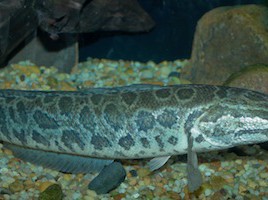
DNA barcoding could help catch invasive snakeheads
A new set of DNA barcodes could help combat the notoriously invasive fish known as snakeheads. Snakeheads are native to Asia and are believed to have been introduced to North American rivers by private collectors dumping their unwanted pets. Identification is difficult because the juveniles and adults can look very different, while fish from different […]
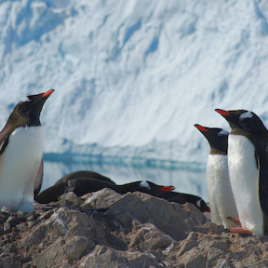
Which penguins beat the heat?
According to a new study, the Gentoo penguin is benefiting from climate change, while the chinstrap and Adélie penguins are not. Researchers used DNA analysis to assess the historic demographics and population structure of these species, and found that Gentoo penguins are climate change ‘winners’ and are expanding their range southward, while the two other […]
Silent mutations aren’t so silent after all
A new study suggests that ‘silent’ mutations – changes to DNA that don’t alter the structure of the protein it encodes – may nonetheless have an impact on evolution. For example, alanine – an amino acid, one of the building blocks of DNA – can be encoded as GCC, GCA or GCG; these codes are […]
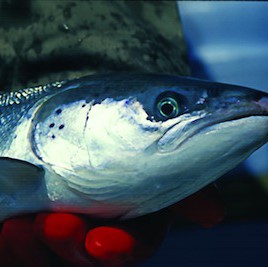
Atlantic Salmon Genome Sequenced
The sequenced genome of the Atlantic Salmon was announced at the 2nd International Conference on Integrative Salmonid Biology in Vancouver. The work was carried out by an international team that included scientists from Norway, Chile and Canada. Atlantic salmon aquaculture is a $600 million industry in Canada. Having a detailed genetic map for this species […]
